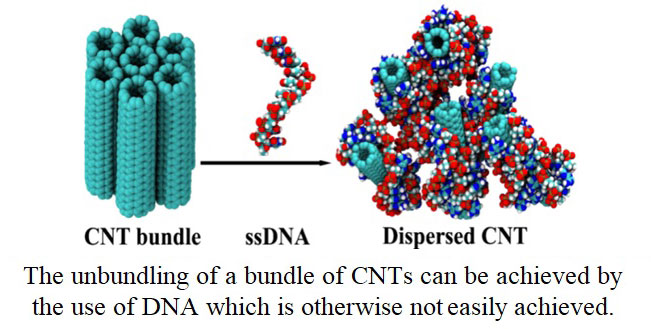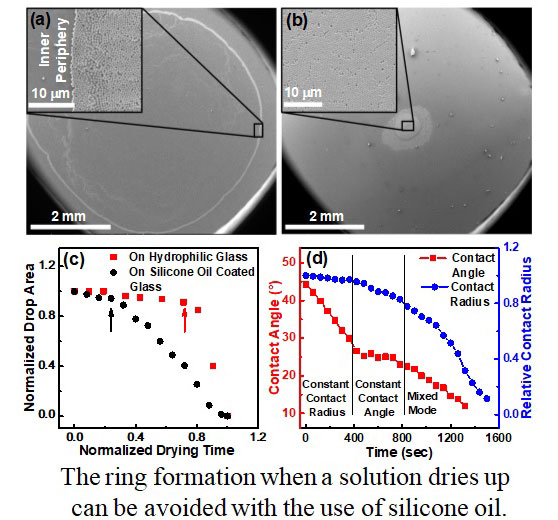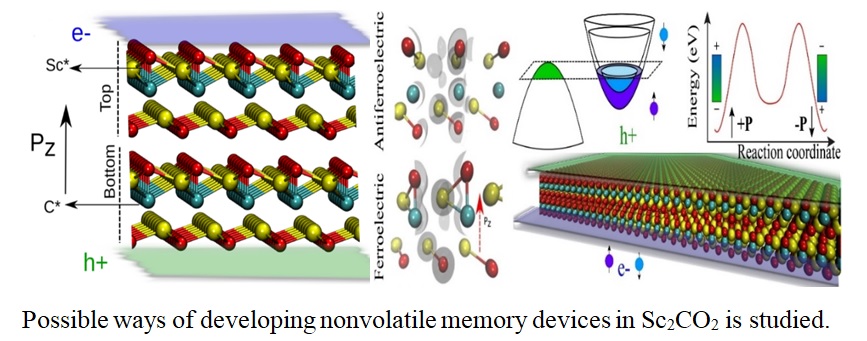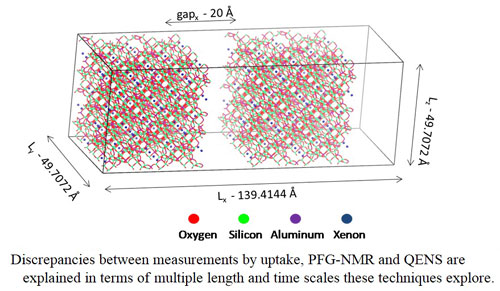Centre for Computational Material Science at IISC
Centre for Computational Material Science at IISC
The establishment of a Thematic Unit of Excellence in Computational Materials Science (TUE-CMS) was initiated by the generous grant sanctioned by the Council of the Mission on Nanoscience and Technology of DST in 2012. Procurement of the High Performance Computing facility as well as the establishment of a state-of-the-art data-centre to house the facility were started with the sanction of the funds from DST in September 2012. The capabilities of this facility are reflected in its specifications, such as a computational speed of 153 TFlops with a minimum of 256 GB RAM/node (and a maximum of 512 GB RAM/node) with 400 TB storage capacity as well as it being rated as the 12th in India’s “Top Supercomputers list” of Dec 2016 for an investment which is a mere fraction of all those facilities that were rated above it.

This facility has been extensively used by the group of 12 faculty members of IISc involved in this project along with their large number of students and postdoctoral researchers yielding in the past 5 years more than 150 publications in international and national journals as well as several patents.
DNA assisted dispersion of carbon nanotubes

Separation and sorting of pristine carbon nanotubes (CNTs) from bundle geometry is a very challenging task due to the insoluble and nondispersive nature of CNTs in aqueous medium. Recently, many studies have been performed to address this problem using various organic and inorganic solutions, surfactant molecules, and biomolecules as dispersing agent. Using all-atom molecular dynamics simulation, we study the structure and stability of single-stranded DNA (ssDNA)-single-walled carbon nanotube (SWCNT) (6,5) complex.
Coffee-ring Effect

The formation of a ring-like deposit at the periphery of a drying colloidal droplet is a vexing problem in many applications. We show a complete suppression of such deposits when a droplet of aqueous colloidal suspension, deposited on a glass substrate coated with a thin layer of silicone oil, getting evaporated.
Polarization-drive photovoltaic

Ferroelectric materials have spontaneous electric polarization - electrical analogue of magnets. Sc2CO2 is found to be ferroelectric with the highest ever reported out-of-plane polarization of for a 2D material. Existence of ferroelectric and anti-ferroelectric phases of Sc2CO2 simultaneously at room temperature could lead to potential application in non-volatile memory. For the first time, it is shown that 2D electron gas at the interface of two layers of Sc2CO2 exist making this material an ideal candidate for novel polarization-driven photovoltaic.
Diffusion in polycrystalline samples

Measurements of diffusion coefficient (D) of guest molecules adsorbed within the zeolites often find that the D values from different techniques are very different. For example, uptake measurements yield the lowest values for D and PFG-NMR yields D values which are an order of magnitude higher while QENS yield D values which are two orders of magnitude higher. In order to understand the reasons for these discrepancies, a MD study showed that these differences arise because of the barrier to diffusion when a guest molecule diffuses from intra- to the intercrystallin